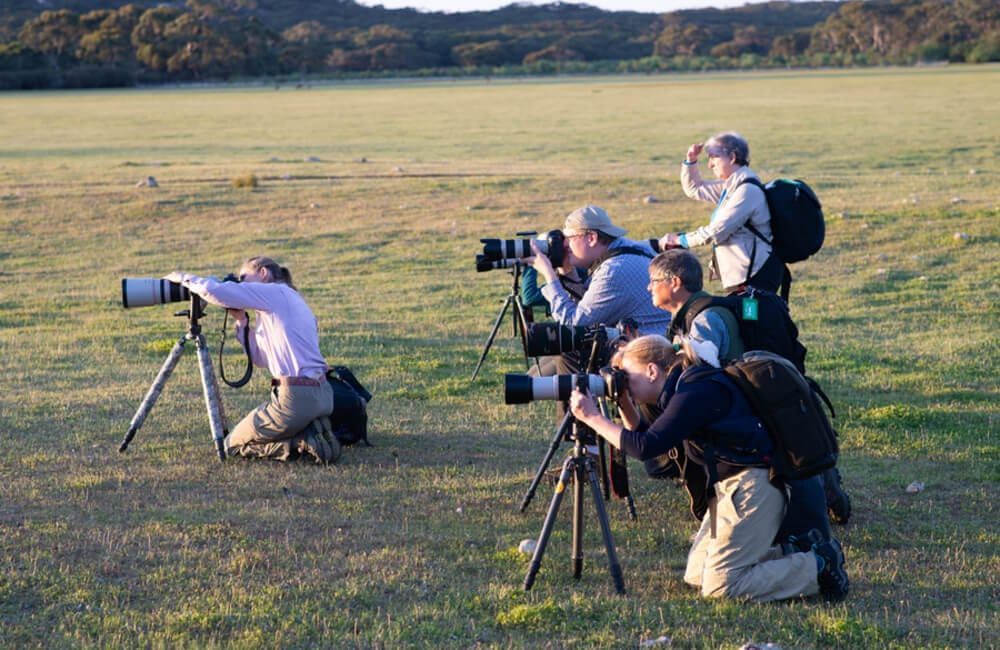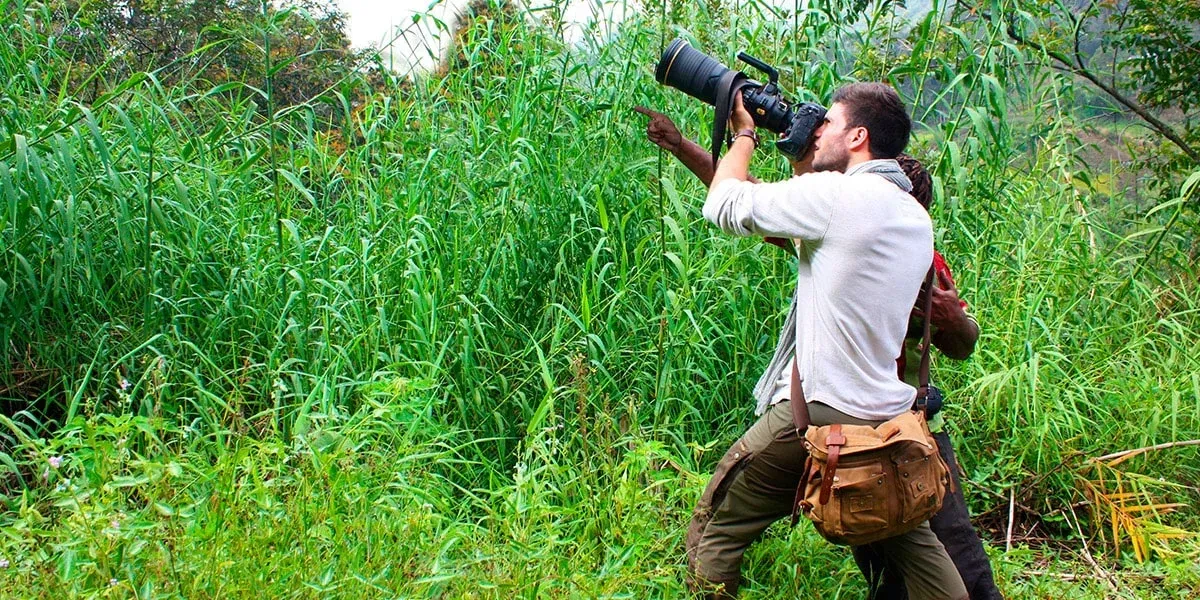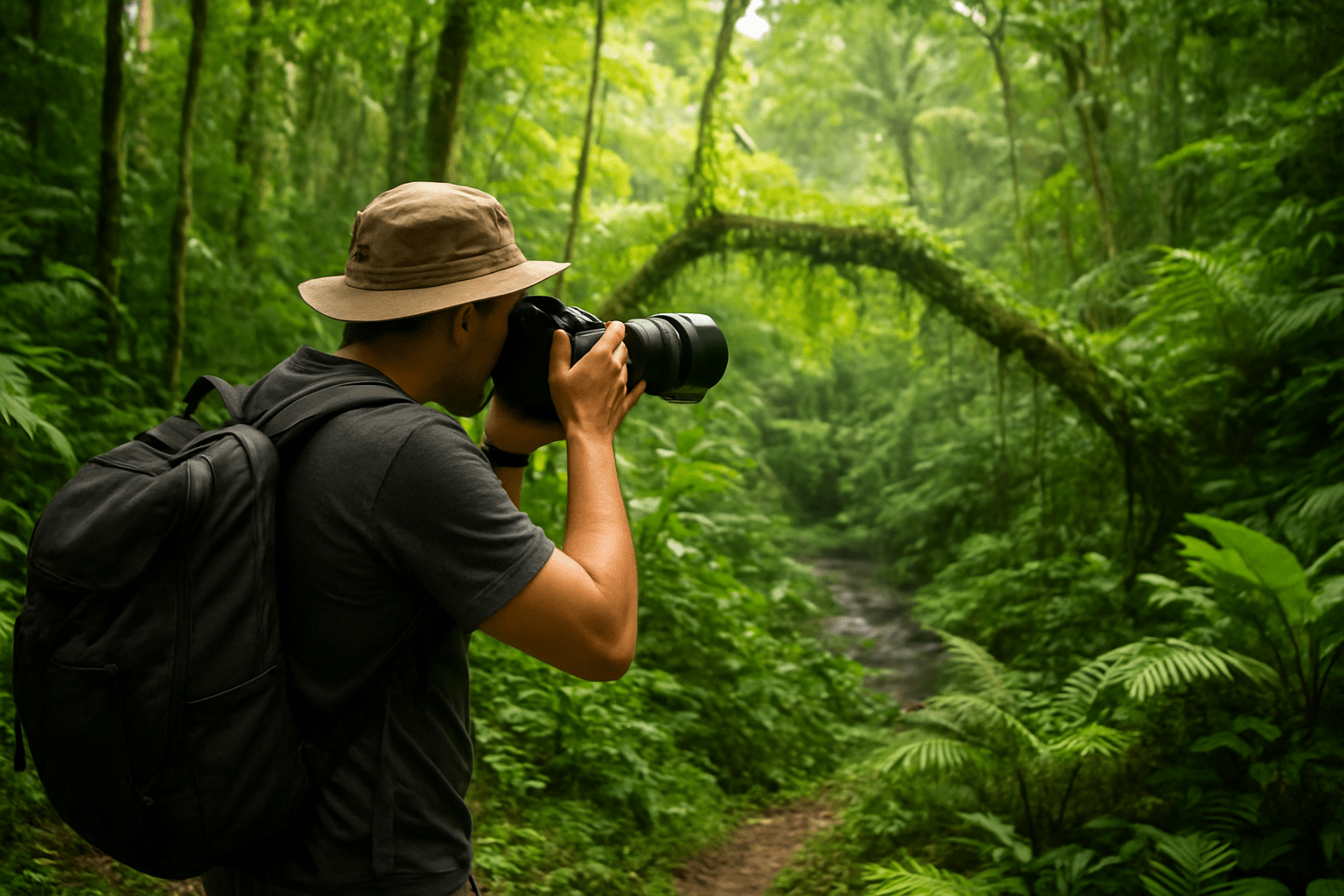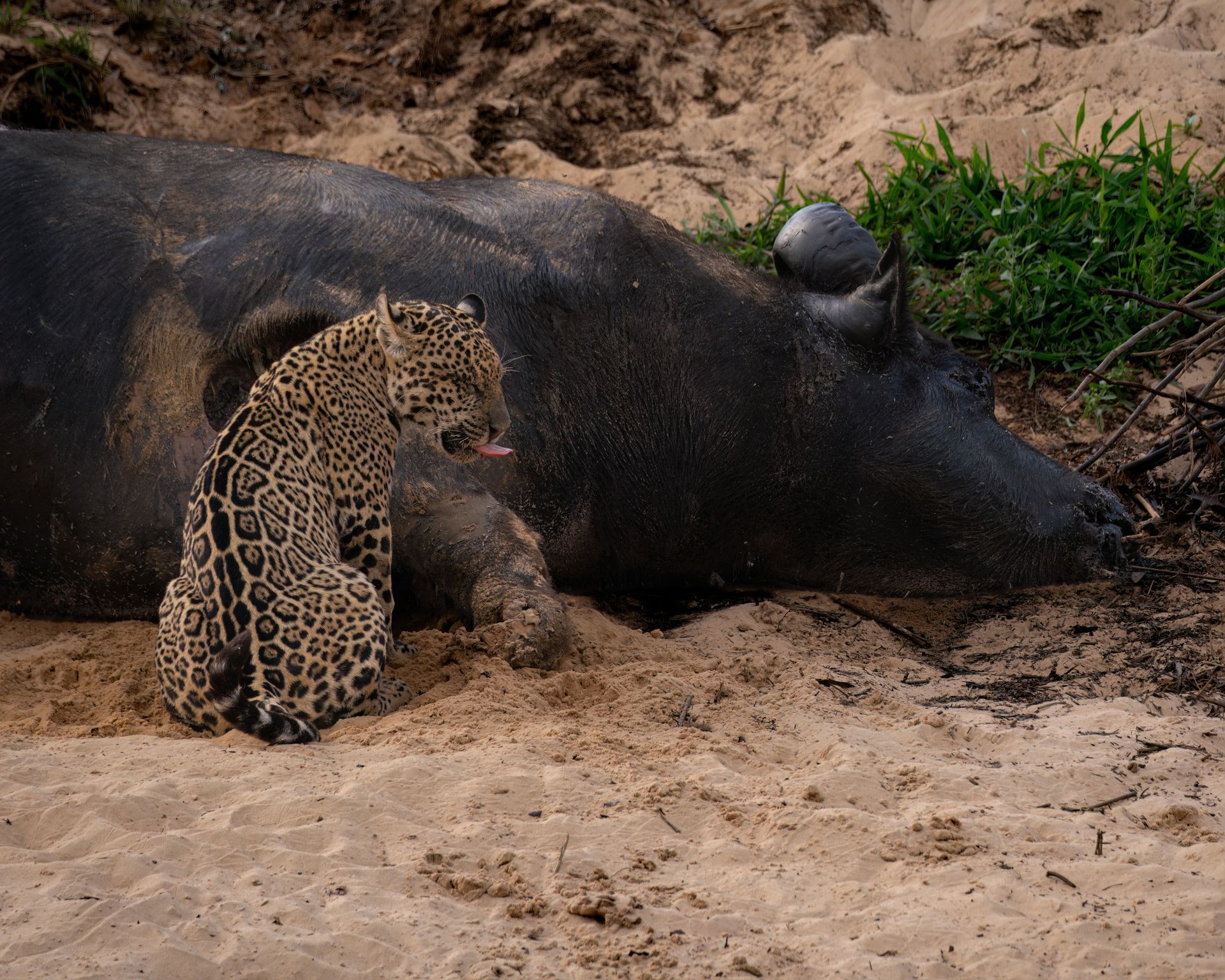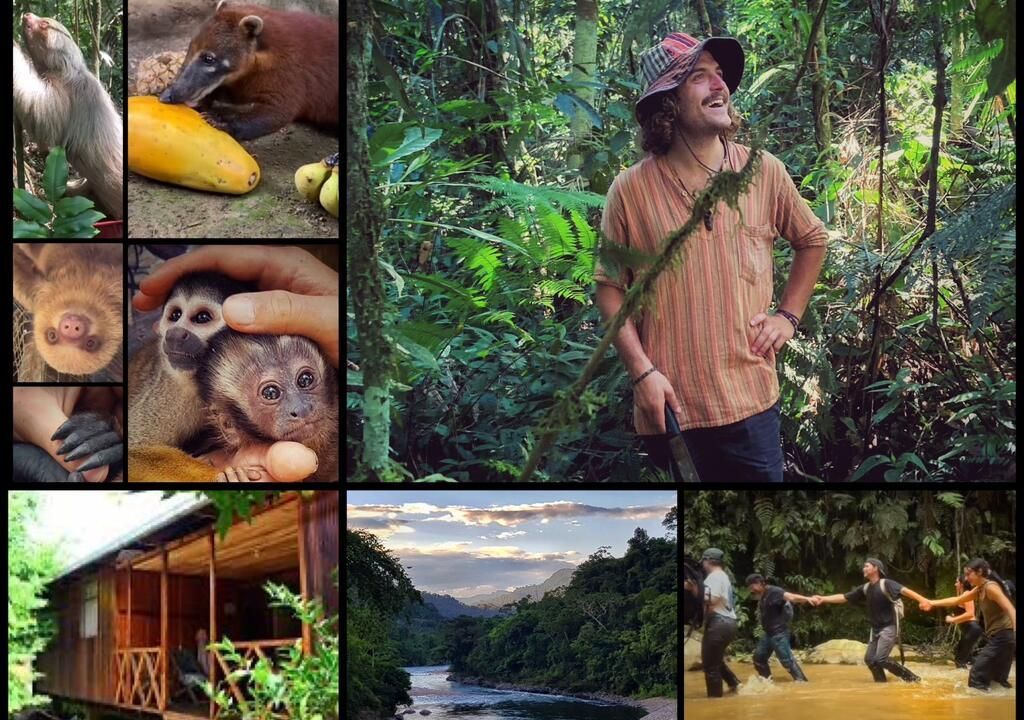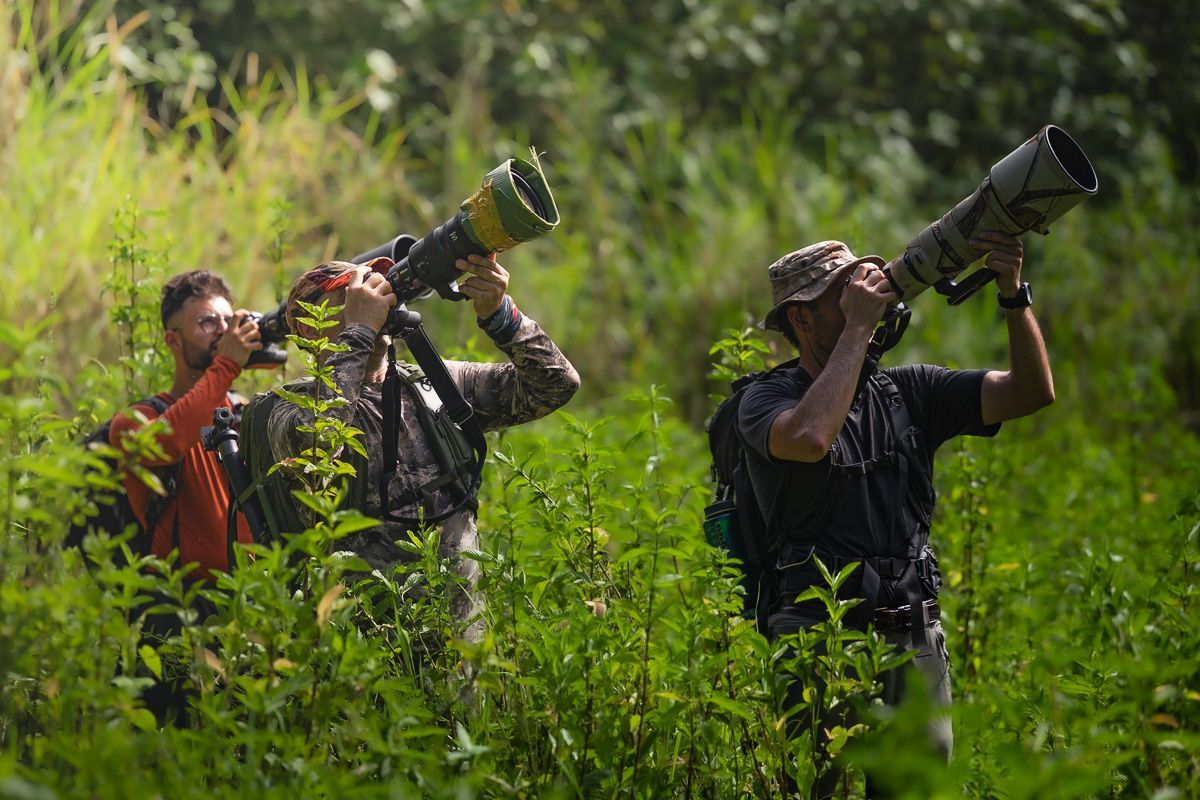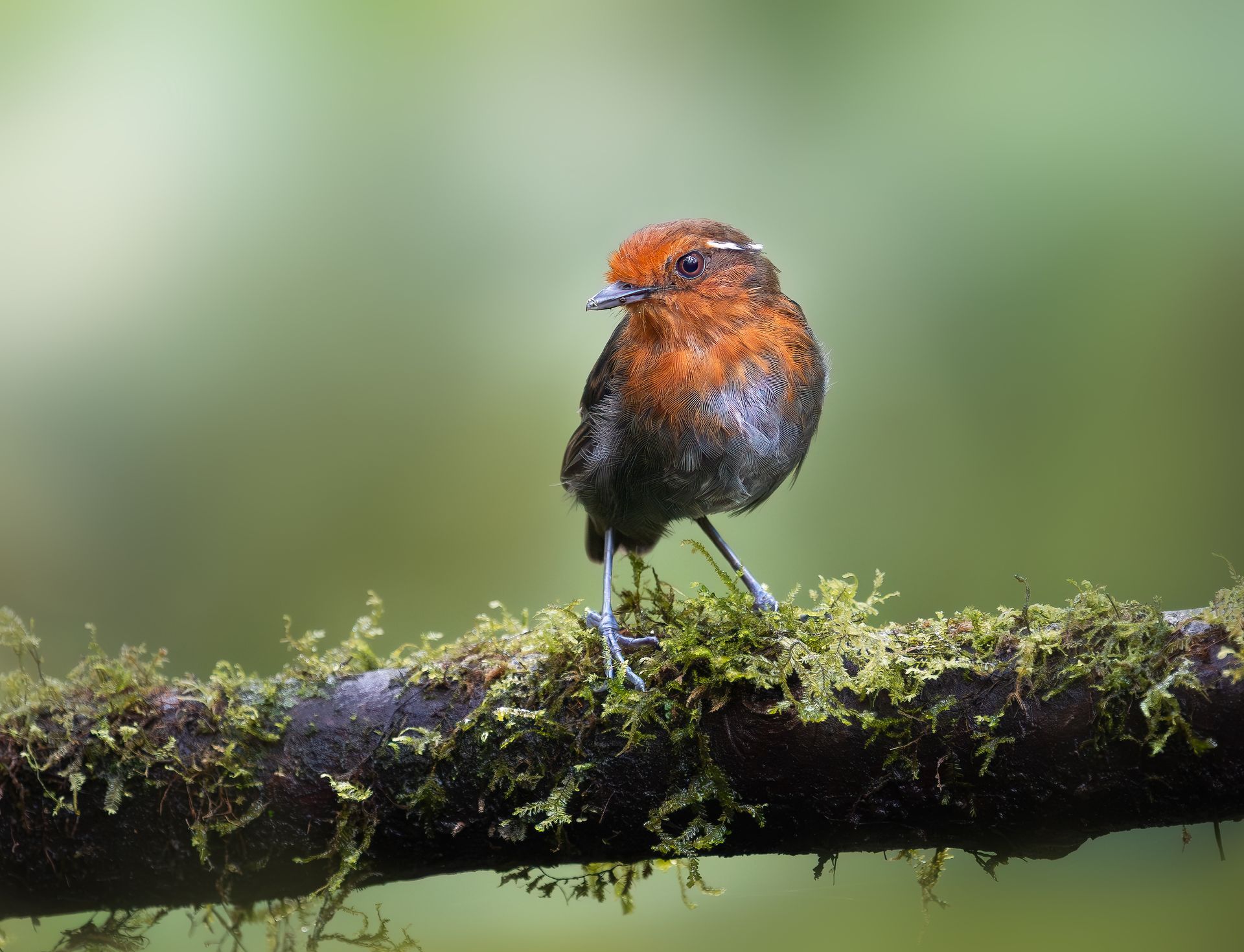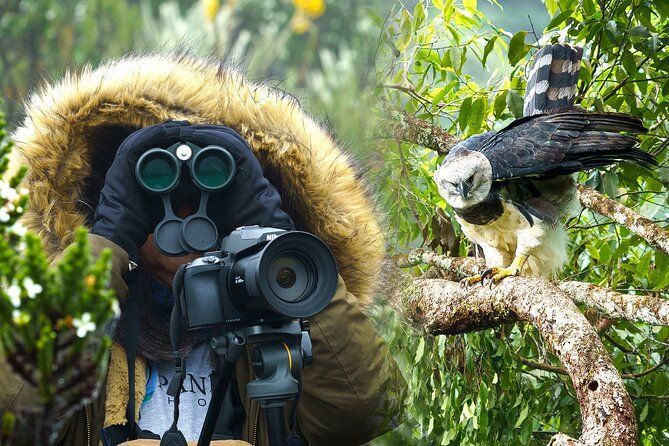Photographing Macaws in Peru: Top Tour Recommendations
Photographing Macaws in Peru: Top Tour Recommendations
Peru is a dream destination for bird photographers around the world, and when it comes to capturing the dazzling colors and majestic beauty of macaws, few places compare. These iconic birds, with their vibrant feathers and social personalities, have become symbols of tropical biodiversity. From the misty Amazon rainforest to the remote clay licks along the Madre de Dios River, Peru offers countless opportunities to witness and photograph macaws in their natural splendor.
Whether you’re a professional wildlife photographer or a passionate birdwatcher traveling from North America, Europe, or Asia, this guide will take you through the best places, tour recommendations, photography techniques, and insider tips for photographing macaws in Peru.
Why Macaws Are So Special
Macaws belong to the parrot family and are among the most intelligent and visually striking birds in the world. They’re known for their brilliant plumage—reds, blues, yellows, and greens that seem almost unreal under the Peruvian sunlight. But it’s not just their beauty that fascinates photographers; it’s their behavior.
In the Amazon, macaws are often seen in pairs or small flocks, displaying intricate courtship rituals and social interactions that are mesmerizing to capture on camera. The sight of dozens of macaws congregating at a clay lick, their wings flashing in a riot of color, is one of the most iconic wildlife spectacles on Earth.
Peru’s Amazon Basin, particularly the regions around Tambopata, Manu, and Madre de Dios, offers some of the most reliable and spectacular macaw photography opportunities anywhere in South America.
Top Locations to Photograph Macaws in Peru
1. Tambopata National Reserve
Tambopata is often described as the heart of macaw photography in Peru. Located in southeastern Peru near Puerto Maldonado, the reserve is home to several famous clay licks—or “collpas”—where hundreds of macaws gather daily to feed on mineral-rich clay.
The Tambopata Clay Lick (also known as Colpa de Tambopata) is the largest known clay lick in the world, and it attracts species such as the Scarlet Macaw (Ara macao), Blue-and-Yellow Macaw (Ara ararauna), and Red-and-Green Macaw (Ara chloropterus).
Photography tip:
Arrive before sunrise and position yourself quietly in the observation blinds set up by eco-lodges and tour operators. Use a 400mm–600mm lens to capture close-up shots without disturbing the birds. Morning light here is soft and golden, perfect for revealing the vivid feather tones.
Recommended Lodges and Tours:
- Tambopata Research Center (TRC) – Known for its proximity to the main clay lick and expert naturalist guides.
- Rainforest Expeditions – Offers specialized macaw photography tours with expert photographers.
- Posada Amazonas – A great choice for a balance of comfort, access, and affordability.
2. Manu National Park
Manu National Park is a UNESCO World Heritage Site and one of the most biodiverse areas on the planet. While it’s more remote and less visited than Tambopata, it rewards photographers with raw wilderness and incredible wildlife encounters.
The park is divided into several zones, but for macaw photography, the Manu River and Blanquillo Clay Lick stand out. Here, you can photograph the Chestnut-fronted Macaw (Ara severus), Blue-headed Macaw (Primolius couloni), and the ever-popular Scarlet Macaw.
Photography tip:
In Manu, you’ll often have lower visitor numbers, allowing more natural behavior and less competition for shooting angles. Bring a sturdy tripod and a waterproof camera cover, as humidity and rain are constant companions.
Recommended Tours:
- Manu Wildlife Center – Offers guided photography tours focusing on macaws and other rainforest species.
- InkaNatura Travel – Provides custom tours for photographers, including private hides at clay licks.
- Amazon Wildlife Peru – Specializes in birding and nature photography expeditions.
3. The Madre de Dios River Basin
Flowing through southeastern Peru, the Madre de Dios River Basin is rich in biodiversity and accessible from Puerto Maldonado. The area offers many lodges situated along the riverbanks, providing easy access to nearby clay licks.
Here, you can photograph Red-and-Green Macaws, Blue-and-Yellow Macaws, and Scarlet Macaws in dynamic flight over the river. The river setting allows for wide, cinematic shots that capture the essence of the Amazon.
Photography tip:
Use a fast shutter speed (1/2000 sec or higher) to freeze macaws in mid-flight. For artistic shots, try slower shutter speeds and panning techniques to create motion blur behind the birds.
Recommended Lodges:
- Refugio Amazonas – Comfortable lodge with excellent access to macaw viewing areas.
- Heath River Wildlife Center – Located on the Peru-Bolivia border, known for its clay lick tours.
- Inkaterra Reserva Amazonica – Offers a luxurious stay combined with guided wildlife excursions.
4. The Peruvian Amazon Rainforest (Iquitos Region)
While the Iquitos region in northern Peru is more famous for river cruises, it also offers unique opportunities to spot macaws along the Marañón and Ucayali Rivers. Though clay licks are less common here, the dense canopy and forest edges provide fantastic chances for photographing macaws in flight or feeding in trees.
Recommended Tours:
- Amazon River Expeditions – Combines birdwatching with photography-focused itineraries.
- Explorama Lodge – Long-established eco-lodge with guided bird photography excursions.
Best Time to Visit for Macaw Photography
The best time to photograph macaws in Peru is during the dry season, from May to October. During this period, the weather is more predictable, clay licks are easily accessible, and the birds gather more consistently due to lower rainfall and abundant fruiting trees.
In the wet season (November to April), the rainforest becomes lush and green, but heavy rains can make travel challenging and photography conditions difficult. That said, the wet season can still yield unique shots with dramatic light and misty backgrounds.
Photography Techniques for Capturing Macaws
1. Equipment Essentials
- Camera: A DSLR or mirrorless camera with fast autofocus and good low-light performance (e.g., Canon R5, Nikon Z8, or Sony A1).
- Lens: 100–400mm, 200–600mm, or 600mm prime for distant shots.
- Tripod/Monopod: Lightweight carbon fiber for stability during long waits.
- Accessories: Lens rain cover, dry bags, extra batteries, and microfiber cloths (humidity can drain and fog equipment).
2. Settings for Best Results
- Shutter speed: 1/2000 sec or faster for flight shots.
- Aperture: f/5.6–f/8 for balanced sharpness and background blur.
- ISO: Auto ISO can help manage changing light conditions.
- Focus mode: Continuous AF with subject tracking (animal eye tracking is ideal).
- Burst mode: Use high-speed continuous shooting for action sequences.
3. Lighting and Composition
Macaws look their best in natural morning light. Avoid harsh midday sun that flattens colors. Compose with surrounding foliage, riverbanks, or clay cliffs to give your photos environmental context. Wide shots of flocks can tell a story, while tight portraits showcase plumage details.
Cultural and Ethical Considerations
Responsible photography is crucial in these fragile ecosystems. Avoid using playback sounds or approaching too close to nesting areas, as these actions can stress the birds. Always work with certified guides who follow ethical wildlife viewing practices.
Many tour operators in Peru collaborate with local communities and conservation projects, ensuring that your visit supports both wildlife protection and local livelihoods. For example, eco-lodges like Tambopata Research Center actively contribute to macaw conservation and research efforts.
Combining Bird Photography with Cultural Exploration
Beyond the rainforest, Peru offers a wealth of cultural experiences that complement a photography expedition. Before or after your macaw tour, consider visiting:
- Cusco and the Sacred Valley – Ancient Incan architecture and mountain landscapes perfect for landscape photography.
- Machu Picchu – A world wonder offering dramatic views and bird species like the Andean Cock-of-the-Rock.
- Lima – Peru’s capital is a culinary and cultural hub worth exploring.
This mix of wildlife, nature, and culture makes Peru one of the most fulfilling destinations for international photographers.
Top Tour Recommendations for Macaw Photography in Peru
Here are some curated options tailored for photographers:
1. Rainforest Expeditions – Macaw Clay Lick Experience
- Duration: 5–7 days
- Includes: Expert photography guide, Tambopata clay lick visits, night walks, and canopy photography.
- Ideal for: Photographers wanting guaranteed macaw encounters and professional guidance.
2. Manu Wildlife Center – Bird Photography Adventure
- Duration: 8–10 days
- Includes: Exclusive access to the Blanquillo Clay Lick, forest hides, and river excursions.
- Ideal for: Bird photographers who want to photograph multiple species, not just macaws.
3. InkaNatura – Custom Photography Tours
- Duration: Flexible
- Includes: Tailor-made itineraries based on interests (macaws, toucans, monkeys, etc.)
- Ideal for: Professionals seeking private guides and flexible shooting schedules.
4. Amazon Wildlife Peru – Amazon Photography Expedition
- Duration: 7 days
- Includes: Wildlife hides, river cruises, and community visits.
- Ideal for: Travelers wanting a mix of cultural immersion and wildlife photography.
5. Refugio Amazonas – Family-Friendly Birding and Photography Tour
- Duration: 4–6 days
- Includes: Clay lick excursions, canopy towers, and guided nature walks.
- Ideal for: Enthusiasts and families looking for a comfortable yet immersive experience.
Preparing for Your Trip
Health and Safety:
Carry insect repellent, sunscreen, and light, long-sleeved clothing. Vaccinations for yellow fever and malaria prevention are often recommended. Always check travel advisories before departure.
What to Pack:
- Lightweight, breathable clothing in neutral colors.
- Waterproof boots and rain jacket.
- Dry bags for electronics.
- Binoculars for spotting birds before photographing.
- Notebook or smartphone app for recording species sightings.
Why Peru Is a Photographer’s Paradise
Peru’s combination of accessibility, biodiversity, and scenic beauty makes it one of the best bird photography destinations in the world. For macaw enthusiasts, the chance to photograph these magnificent birds feeding, flying, and socializing in their natural habitat is a once-in-a-lifetime experience.
Unlike zoo or aviary photography, capturing macaws in the wild gives your images authenticity and narrative depth. Each photograph becomes a story of the rainforest—a tale of survival, color, and freedom.
And beyond the technical or aesthetic aspects, photographing macaws in Peru is an emotional journey. Standing before a clay lick as dawn breaks, the jungle alive with sound, and watching the first scarlet flashes of feathers appear against the cliffs is an experience that connects you deeply with nature.
Final Thoughts
For European, North American, and Asian photographers seeking to elevate their wildlife portfolio, Peru’s macaw photography tours offer the perfect blend of adventure, artistry, and conservation. From the bustling flocks at Tambopata to the serene beauty of Manu’s clay licks, the Peruvian Amazon delivers unforgettable opportunities for both seasoned professionals and passionate amateurs.
So, pack your gear, set your lens, and get ready to experience the vivid world of macaws—a world where every color tells a story and every photograph becomes a masterpiece.



